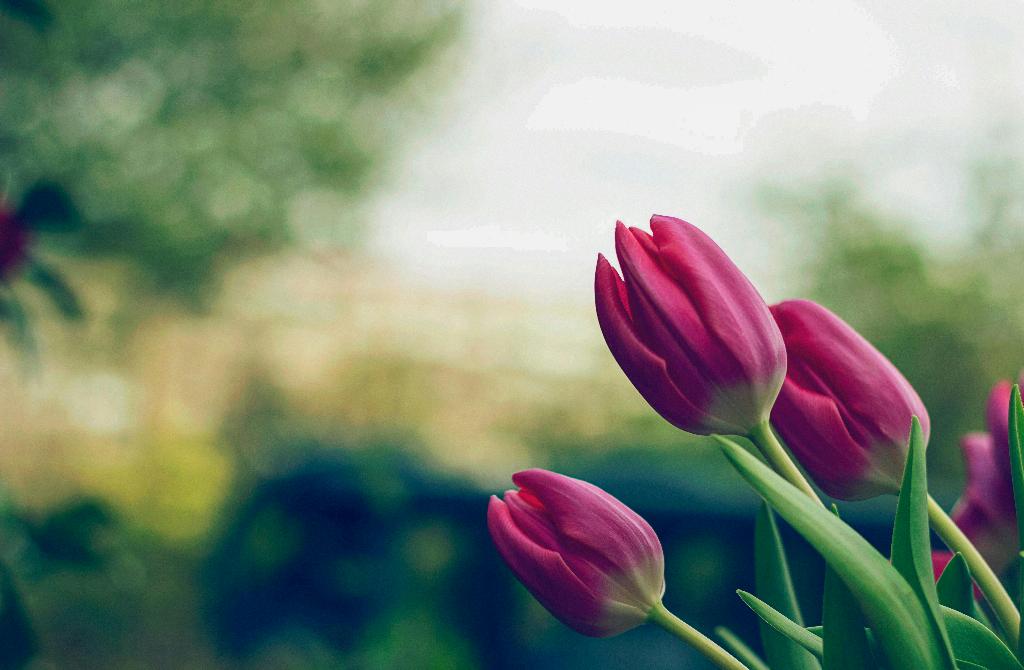When it comes to planting fall bulbs such as tulips, it’s essential to choose a suitable spot in your garden that offers well-draining soil and receives adequate sunlight. Whether it’s full sun or partial shade, ensuring the bulbs have access to sunlight is crucial for their growth and development.
Before planting your tulip bulbs, make sure to dig a hole that is about 5-7 inches deep. This depth allows the bulbs enough space to establish themselves and grow properly. Additionally, ensure that there is enough space between each bulb, ideally 4-5 inches apart. This spacing allows the bulbs to spread out and receive the necessary nutrients from the soil.
When placing the tulip bulbs in the ground, it’s important to position them with their pointy ends facing upwards. This orientation helps the bulbs grow in the right direction and ensures that they emerge from the soil correctly when it’s time for them to bloom.
After planting the tulip bulbs, give them a good watering to help settle them into the soil and kickstart their growth process. It’s crucial to water them well initially and then monitor the soil moisture levels throughout the fall season. Proper hydration is key to ensuring the bulbs have the best chance of thriving.
As you wait for spring to arrive, keep an eye on your tulip bulbs and continue to provide them with any necessary care they may need. While they are dormant during the fall and winter months, it’s important to protect them from any harsh weather conditions and pests that may pose a threat to their growth.
One important aspect to remember when planting fall bulbs like tulips is to avoid over-watering them. While proper hydration is essential, excessive moisture can lead to bulb rot and other issues that can hinder their growth. Finding the right balance in watering is key to their success.
Consider adding a layer of mulch over the planted tulip bulbs to help insulate them and protect them from extreme temperatures. Mulch can also help retain moisture in the soil and prevent weed growth, giving your tulips the best possible environment to thrive in.
It’s also a good idea to fertilize your tulip bulbs before they start actively growing in the spring. Choosing a well-balanced fertilizer specifically formulated for bulbs can provide them with the essential nutrients they need to produce healthy blooms and vibrant colors.
Take the time to monitor your tulip bulbs as they begin to emerge in the spring. Keep an eye out for any signs of disease or pests and address them promptly to prevent any further damage to the plants. Early intervention can go a long way in ensuring the success of your tulips.
Once your tulips have bloomed and completed their growth cycle, allow the foliage to die back naturally. This process allows the bulbs to absorb nutrients and energy for the next growing season. Refrain from cutting back the foliage prematurely to support the long-term health of your tulip bulbs.
Consider planting fall bulbs like tulips in clusters or groups to create a stunning visual impact in your garden. Mixing different varieties of tulips can add depth and dimension to your flower beds, creating a beautiful and colorful display that will surely enhance your outdoor space.
In conclusion, planting fall bulbs such as tulips is a rewarding and enjoyable experience that can bring beauty and joy to your garden. By following these tips and strategies for planting and caring for tulip bulbs, you can ensure that they flourish and thrive, providing you with stunning blooms year after year.

